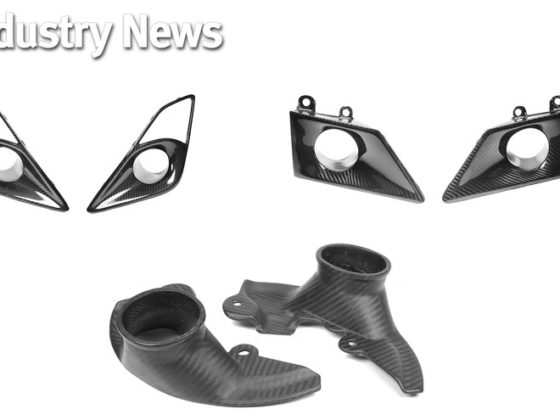,
One helpful suggestion from the Tire Rack’s Product Information Specialist, Woody Rogers, “Don’t use your test tires as your warm up baseline set. Get your helmet screwed on with something you know and already have, then start testing. Repeat the first test subject at the end. Don’t put on so much wear the first time around that it will influence how it performs when you come back to it.”
For open track road race testing, two or three sets of tires are about all you’ll be able to handle in a day. The length of each track lap will add significantly to the time needed for testing. That’s why you’ll see tire testing done on shorter “club” tracks where the 10 or 20-lap sessions can be shorter as well.
 Scrub your tires in beforehand and let them sit overnight before beginning the testing. This helps the results be more consistent.
Scrub your tires in beforehand and let them sit overnight before beginning the testing. This helps the results be more consistent. In either autocross or road course testing, the tires should be scrubbed in beforehand and allowed to set overnight. This first heat cycle allows the molecular bonds in the newly-molded rubber to break and reform in a controlled fashion.
 Get used to changing tires—you'll have to do the swaps quickly so you can get through as much testing as possible in your day of track testing. Good jacks, cordless impact wrenches and a torque wrench are a requirement.
Get used to changing tires—you'll have to do the swaps quickly so you can get through as much testing as possible in your day of track testing. Good jacks, cordless impact wrenches and a torque wrench are a requirement. Eliminate Confounding Variables
We want our testing to be as scientifically valid and repeatable as possible—and that means eliminating as many extraneous or confounding variables as possible. Our goal is to just test the effects of changing tires on our lap time and nothing else.
 Even with access to so-called “identical” cars, always do a tire test on a single car. The results are more consistently reliable and valid.
Even with access to so-called “identical” cars, always do a tire test on a single car. The results are more consistently reliable and valid. The simplified recipe for a tire test is then just a pile of tires, a matching stack of identical wheels, an open track, a GPS-based data acquisition system and your test car. Thankfully, most modern cars can handle the exercise of a tire test without any degradation of performance over the course of a day. Those matching wheels are to insure that nothing like wheel weight, size or offset affects your lap times.
 If we know we are getting ready for a tire test, we'll start collecting wheels—our goal is to find as many identical sets of wheels as we have test tires. There are slight differences in wheel weights with OE Mazda wheels, so some of these won't be usable.
If we know we are getting ready for a tire test, we'll start collecting wheels—our goal is to find as many identical sets of wheels as we have test tires. There are slight differences in wheel weights with OE Mazda wheels, so some of these won't be usable. Each tire should be tested in the same way, with the drivers going in the same order for each set. The baseline tire in the sequence should be retested at the end to make sure that no conditions have changed during the day. That goes a long way towards insuring a solid data set for analysis later.
The biggest variable in tire testing is you, the driver. Those factory test drivers are machines, ticking off lap after lap at speed within mere tenths of a second—preferably within two three tenths over a minute. They do this testing on a daily basis, so they are familiar with track layouts and the cars they use without wasting time to get up to speed. You need to think like one of these helmet-wearing metronomes and match your driving line each and every lap.
For tire testing, the line, once determined, is not something you want to change, but rather work to hustle through it as quickly as possible. The tire’s performance is then determined by how much grip it has, rather than how you are apexing a certain corner differently than the last six runs. Just relax and get into a natural rhythm on that line. Once you get the hang of it, you can advance your speed until the tires break away.



